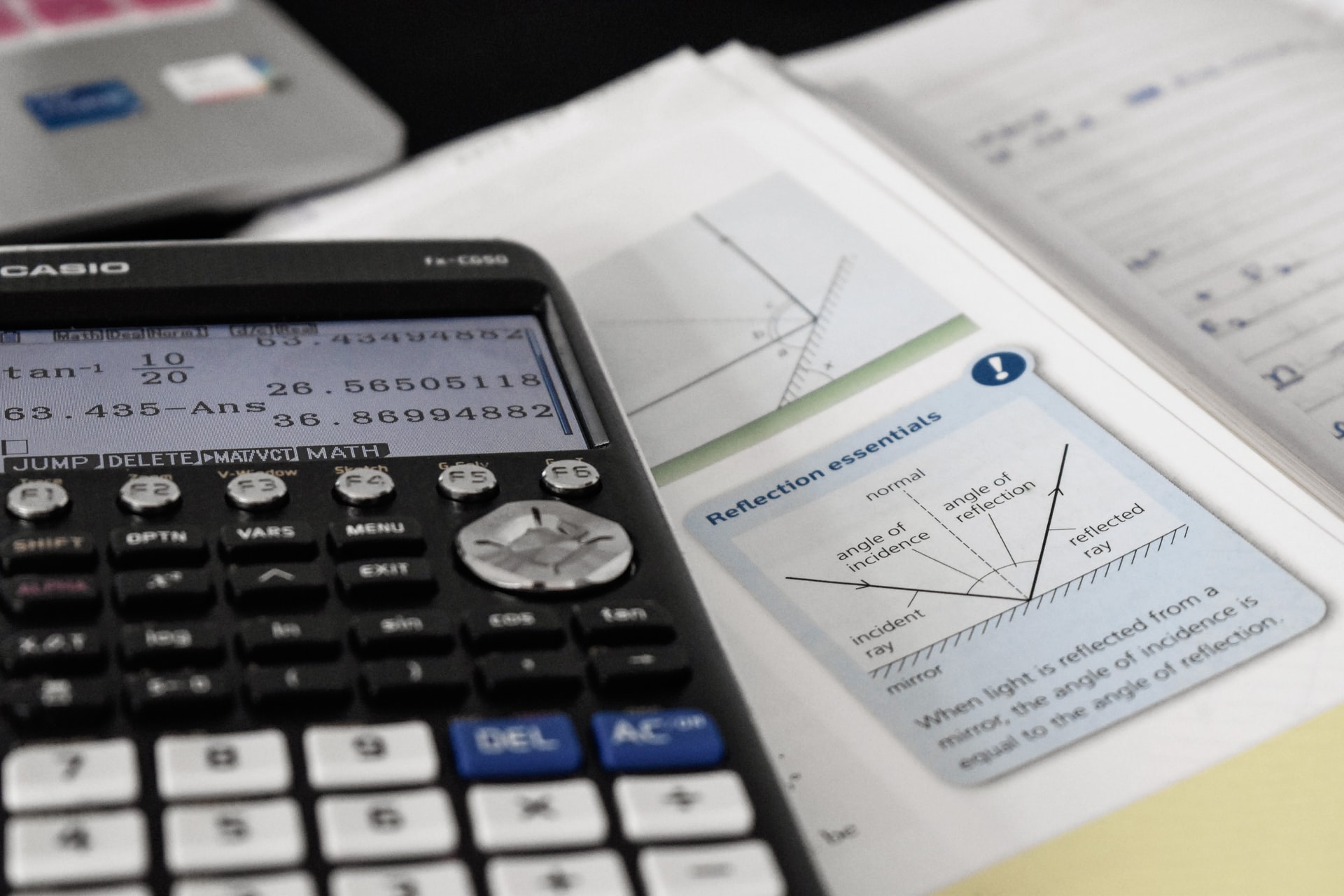“No one is dumb who is curious. The people who don’t ask questions remain clueless throughout their lives.”
― Neil deGrasse Tyson

Beginners understand that something happens.
If I put a seed in the ground and water it, a plant will grow.
If I flip the switch, the light turns on.
If I touch fire, my hand hurts.
Amateurs understand how it happens.
Germination occurs when you expose a healthy seed to water, good soil, and sunlight.
Flipping a switch allows electricity to flow to the light bulb, causing illumination.
A campfire burns at an average temperature of about 480°C.
Experts understand why it happens.
A specific combination of environmental factors, including proper exposure to water, oxygen, temperature, and light, trigger the cellular metabolism and growth of a seed.
When current flows through certain semiconductors, electrons recombine with electron holes, a process which releases energy in the form of photons.
My nervous system is equiped with nocieptors that detect potentially damaging thermal stimuli and cause a pain sensation when exposed to a minimum instensity of heat.









